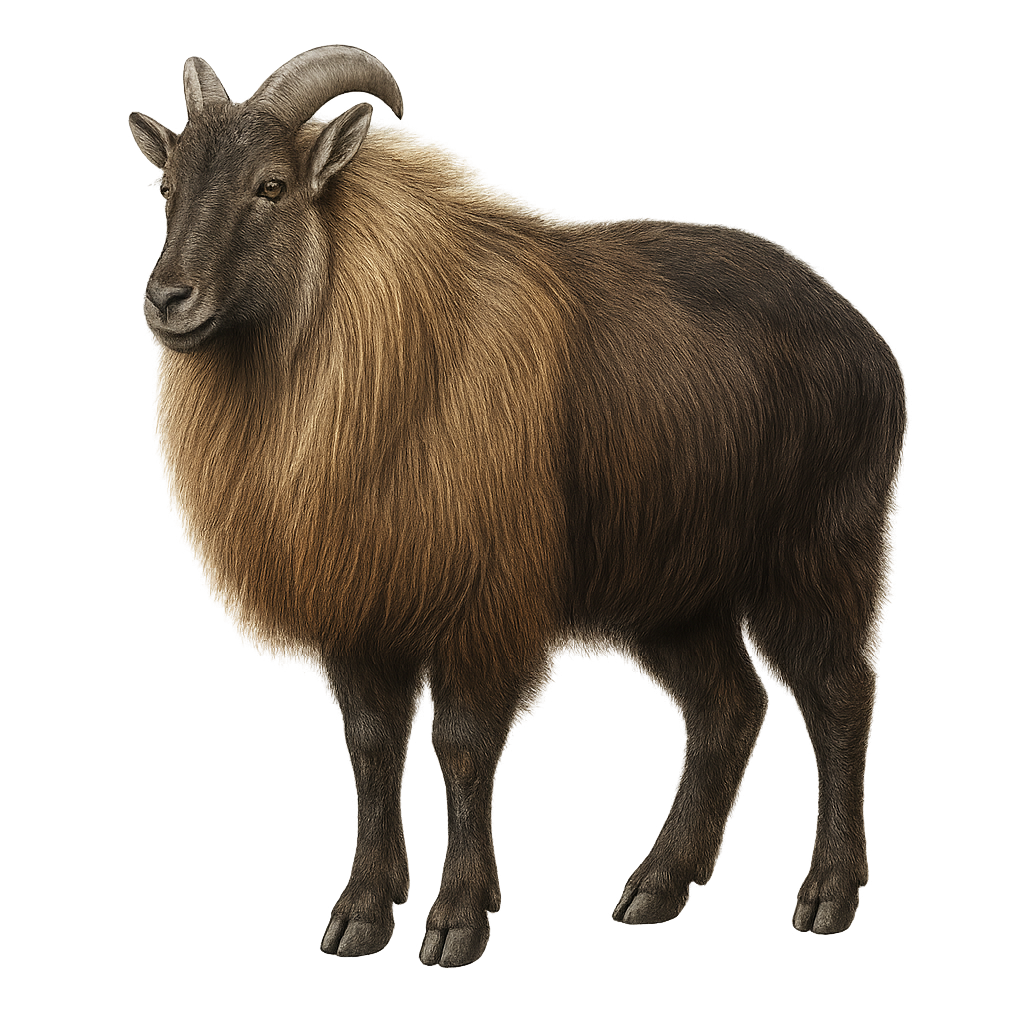Your wildlife photography guide.
Explore the himalayan tahr in detail, study its behavior, prepare your shots.
Where to observe and photograph the himalayan tahr in the wild
Learn where and when to spot the himalayan tahr in the wild, how to identify the species based on distinctive features, and what natural environments it inhabits. The WildlifePhotographer app offers tailored photography tips that reflect the himalayan tahr’s behavior, helping you capture better wildlife images. Explore the full species profile for key information including description, habitat, active periods, and approach techniques.
Himalayan Tahr
Scientific name: Hemitragus jemlahicus

IUCN Status: Near Threatened
Family: BOVIDAE
Group: Mammals
Sensitivity to human approach: Suspicious
Minimum approach distance: 50 m
Rut period: October to November
Gestation: 180-190 jours
Births: April
Habitat:
Rocky slopes, alpine meadows, coniferous forests
Activity period :
Primarily active during the day, with peak activity in the morning and late afternoon.
Identification and description:
The Himalayan tahr, Hemitragus jemlahicus, is a robust caprine native to the rugged mountains of the Himalayas. With a thick, woolly coat, it is well-suited to the cold, windy conditions of its habitat. Males are distinguished by their impressive manes and curved horns, while females are smaller with more modest horns. These gregarious animals form herds, often segregated by sex, and navigate difficult terrains with remarkable agility. Their diet mainly consists of grasses, leaves, and shoots. Although their population is stable, they face threats from hunting and habitat loss.
Recommended lens:
400mm – adjust based on distance, desired framing (portrait or habitat), and approach conditions.
Photography tips:
To photograph the Himalayan tahr, it's advisable to visit early in the morning or late afternoon when the light is soft and the animals are more active. Use a telephoto lens of at least 400mm to capture detailed images from a distance without disturbing them. Be patient and discreet, as these animals are suspicious. Focus on shots that showcase their mountainous environment to provide context to your photos.
The WildlifePhotographer App is coming soon!
Be the first to explore the best nature spots, track rutting seasons, log your observations, and observe more wildlife.
Already 1 430 wildlife lovers subscribed worldwide

